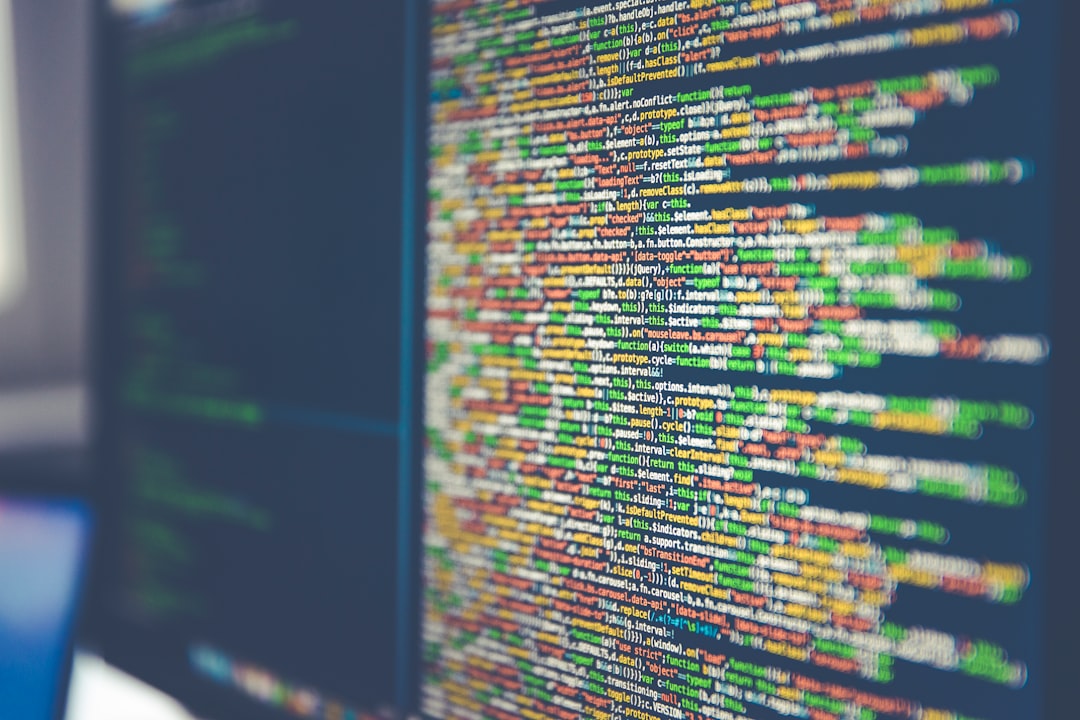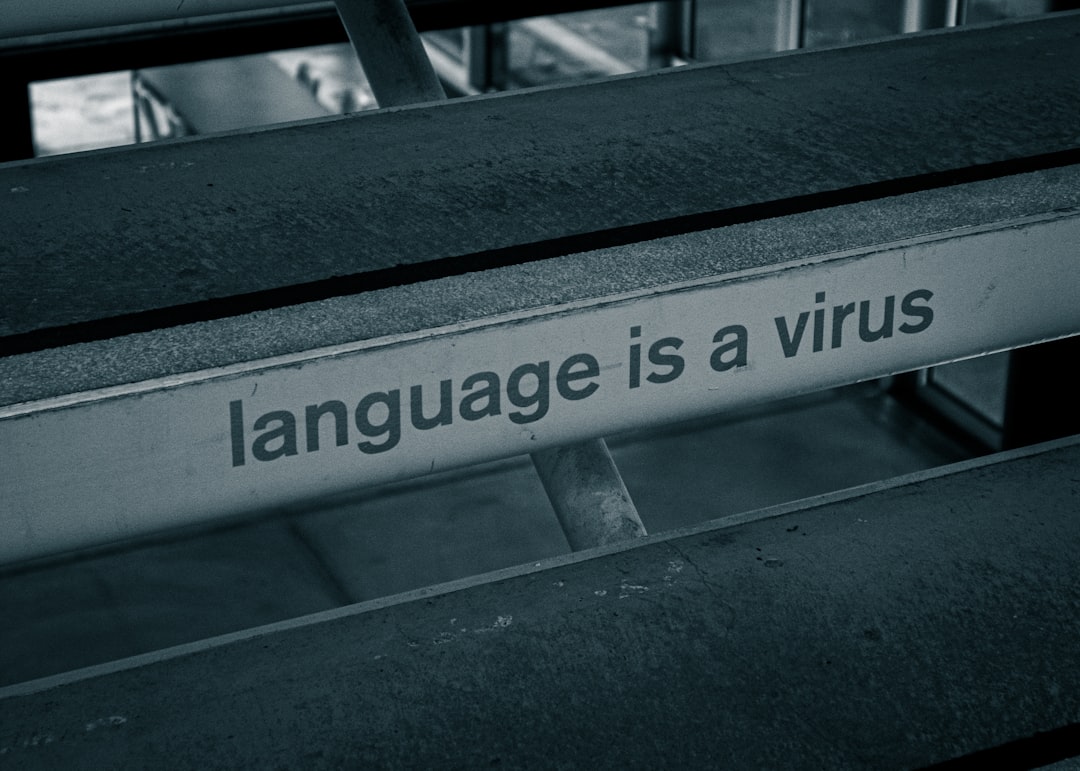The rapid advancement of generative AI technologies, particularly large language models like ChatGPT, has transformed content creation. While AI-generated writing offers unprecedented speed and assistance, it also raises significant concerns about originality and ethical use. In academic and professional circles, the authenticity of content is paramount, making the detection of AI-generated content a pressing necessity.
To address these concerns, several tools have been developed to identify AI-written material. These AI plagiarism checkers are capable of discerning human writing from machine-generated content by analyzing patterns, structure, and coherence inconsistencies. Below are seven of the top AI plagiarism checkers trusted by educators, researchers, and businesses in 2024.
1. Originality.ai
Originality.ai is a leading tool specifically designed to detect content generated by language models like ChatGPT. It offers a clean interface and high accuracy by evaluating linguistic patterns and token predictability. This tool is widely used by content marketers and freelance platforms looking to maintain high editorial standards.
2. GPTZero
This AI content detector became prominent for its academic applications. GPTZero focuses on analyzing the complexity and randomness of text to assess whether it was written by a human or AI. Ideal for educators, the tool provides detailed reports that help support academic integrity policies.

3. Turnitin
Renowned in academic institutions globally, Turnitin has recently implemented AI-writing detection features alongside its traditional plagiarism checks. The integration allows for identifying AI-generated prose, giving instructors confidence when assessing student work.
4. Copyleaks
Copyleaks supports detection of AI-generated content across multiple languages, making it suitable for global publishers, universities, and enterprises. With an intuitive dashboard, it allows users to filter through AI-written and plagiarized segments with high precision. The platform also integrates with Learning Management Systems (LMS) for seamless academic adoption.

5. ZeroGPT
ZeroGPT is a newer but increasingly popular tool that uses deep learning algorithms to assess whether input text originates from ChatGPT or similar models. It breaks down text analytics and provides an AI probability score, which can be very helpful in institutional settings.
6. Writer.com AI Content Detector
Developed by the same creators of the enterprise-grade writing assistant, Writer.com‘s AI Content Detector helps businesses and organizations ensure they maintain human-centered communication. The tool is particularly useful in high-stakes corporate environments where tone, authenticity, and brand voice are crucial.
7. Sapling AI Detector
Sapling is designed as more than just an AI detection tool; it’s part of a broader conversational AI suite. Its AI Detector identifies machine-generated inputs within customer communications, making it ideal for call centers and customer service analyzers to distinguish AI-assisted scripting.
Why AI Detection Matters
The ability to detect AI-generated content is crucial for several reasons:
- Academic integrity: With students increasingly turning to AI for assignments, detection helps maintain honest academic standards.
- Journalistic reliability: Publishers can ensure that articles retain original reporting and sources, not just AI-generated summaries.
- Corporate accountability: Businesses need to ensure their communications remain genuine and aligned with brand guidelines.
Challenges in AI Content Detection
Despite their growing sophistication, detection tools still face challenges. Language models are becoming more nuanced, often mimicking human creativity successfully. Therefore, no tool claims 100% accuracy. It’s important to use these tools as part of a broader content verification strategy rather than as standalone solutions.
Conclusion
As AI writers like ChatGPT become ubiquitous, the responsibility to authenticate and verify content grows in importance. Trusted AI plagiarism checkers play a vital role in protecting the integrity of written communication across educational, journalistic, and professional domains. The tools listed above represent the forefront of AI detection technology and should be considered essential in 2024 for anyone concerned with content originality and reliability.



